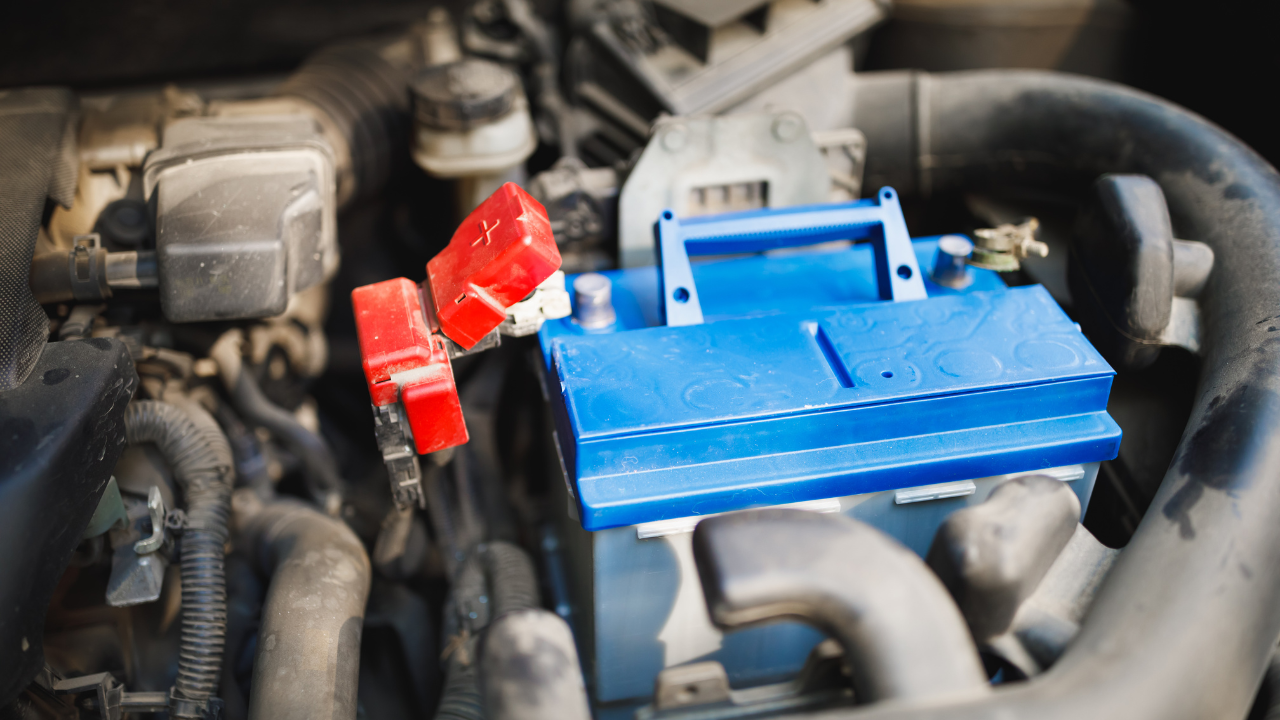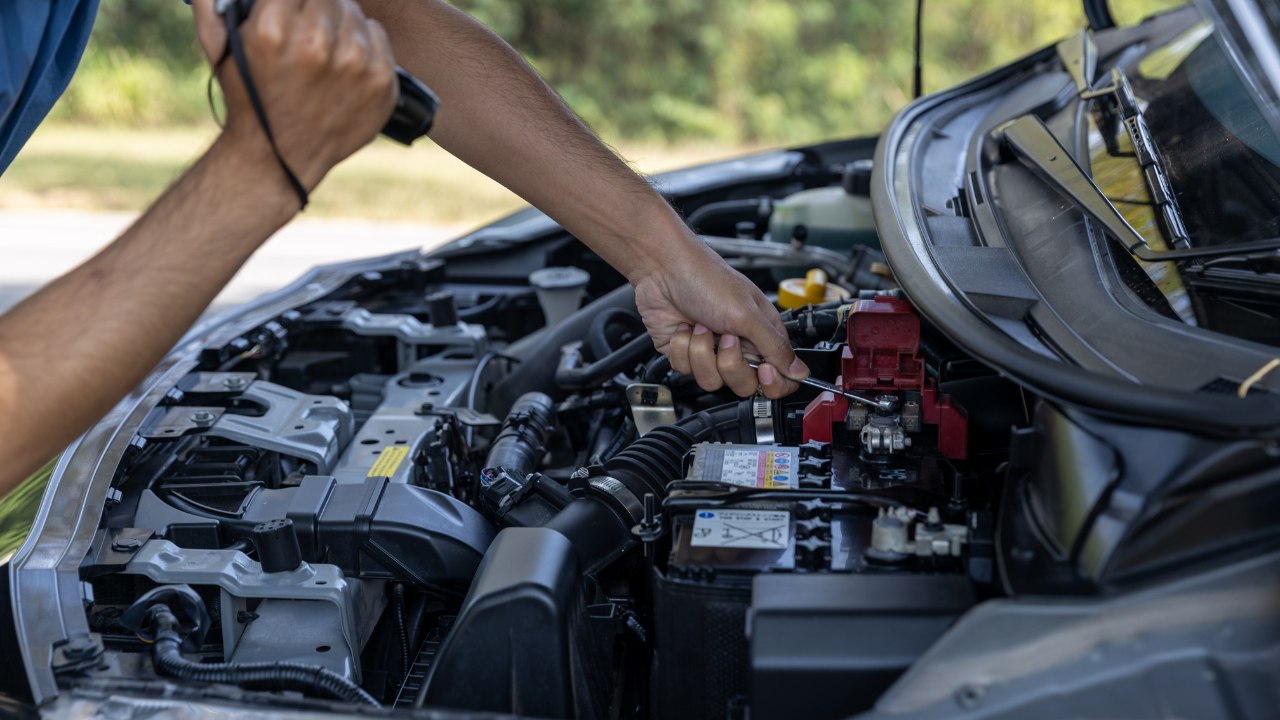Facing a dead car battery on the roadside can quickly turn a good day into a stressful one. Whether you’re in a rush to get to work or enjoying a road trip, a dead battery can bring everything to a halt. In these moments, knowing how to replace a car battery on the roadside can be a lifesaver. This comprehensive guide will walk you through everything you need to know about roadside battery replacement, from preparation and safety measures to step-by-step instructions and what to expect during the process.
Understanding Car Batteries

Before diving into the roadside replacement process, it’s crucial to understand the basics of car batteries. These powerhouses are responsible for starting your vehicle and powering its electrical systems. They rely on a chemical reaction to provide the necessary energy, but over time, they can lose their charge or fail altogether. Most car batteries have a lifespan of around 3 to 5 years, but factors like weather conditions and driving habits can affect this.
Signs of a Failing Battery

Recognizing the signs of a failing battery can help you avoid getting stranded on the roadside. Some common indicators include slow engine cranking, dimming headlights, a dashboard warning light, and issues with electrical components. If you notice any of these signs, it’s wise to have your battery tested and consider a replacement if needed, especially before embarking on a long journey.
Preparing for Roadside Battery Replacement
Preparation is key when it comes to replacing a car battery on the roadside. Here’s what you’ll need:
Tools and Equipment:
- New battery (make sure it’s compatible with your vehicle)
- Wrench or socket set
- Safety gloves and goggles
- Battery terminal cleaner or baking soda solution
- Battery terminal brush
- Jumper cables (optional but recommended)
- Flashlight (for low-light conditions)
Safety Measures:
- Park your vehicle on a flat surface away from traffic.
- Engage the parking brake and turn off the ignition.
- Wear safety gloves and goggles to protect against battery acid.
- Keep open flames and sparks away from the battery.
- If possible, have someone with you or notify someone of your location and situation.
Step-by-Step Roadside Battery Replacement

Now that you’re prepared, here’s a step-by-step guide to replacing your car battery on the roadside:
Step 1: Locate the Battery
The battery is typically located under the hood. Consult your owner’s manual if you’re unsure of its exact location. Once you’ve found it, identify the positive (+) and negative (-) terminals.
Step 2: Disconnect the Cables
Start by disconnecting the negative cable first, followed by the positive cable. Use a wrench or socket set to loosen the nuts securing the cables to the terminals. Be careful not to touch any metal surfaces with the wrench to avoid sparks.
Step 3: Remove the Old Battery
After disconnecting the cables, remove the battery from its tray. Some batteries may have a hold-down clamp that needs to be loosened before removal. Lift the battery out carefully, as it can be heavy.
Step 4: Clean the Terminals
Inspect the battery tray and terminals for any corrosion or debris. Use a battery terminal cleaner or a mixture of baking soda and water to clean the terminals and cable ends. Scrub gently with a terminal brush to remove buildup.
Step 5: Install the New Battery
Place the new battery into the tray, ensuring it sits securely. Connect the positive cable first, followed by the negative cable. Tighten the nuts securely to ensure good contact. Avoid overtightening, as it can damage the terminals.
Step 6: Secure the Battery
If your battery has a hold-down clamp, reattach and tighten it to secure the new battery in place. Ensure the battery is stable and does not move within the tray.
Step 7: Test the Connection
Before closing the hood, turn on the headlights to ensure the new battery is properly connected. If everything is working, you’re ready to hit the road.
What to Expect After Replacement
After replacing your car battery on the roadside, there are a few things to keep in mind:
Battery Charging:
The new battery may need some time to fully charge. It’s a good idea to drive around for at least 30 minutes to allow the alternator to recharge the battery.
Resetting Electronics:
Some vehicles may require you to reset certain electronic systems after a battery replacement. This could include the radio, clock, and power windows. Refer to your owner’s manual for instructions on how to do this.
Recycling the Old Battery:
Properly dispose of your old battery at a designated recycling center. Car batteries contain harmful chemicals and should never be thrown in the trash.
Safety Tips for Roadside Battery Replacement
Safety should always be a top priority when replacing a car battery on the roadside. Here are some additional tips to keep in mind:
- Protective Gear: Wear safety gloves and goggles to shield your hands and eyes from battery acid and debris.
- Avoid Smoking: Never smoke or light a flame near the battery, as it can cause a dangerous explosion.
- Proper Disposal: Handle the old battery with care and dispose of it properly to prevent environmental harm.
- Emergency Contact: If you’re unable to replace the battery yourself, contact roadside assistance or a professional for help.
Conclusion
Roadside battery replacement doesn’t have to be daunting. With the right preparation, tools, and safety measures, you can tackle this task confidently and get back on the road in no time. Remember to regularly inspect your battery for signs of wear and replace it when necessary to avoid unexpected breakdowns. By following this guide, you’ll be well-equipped to handle a dead battery situation with ease and efficiency. Safe travels!

